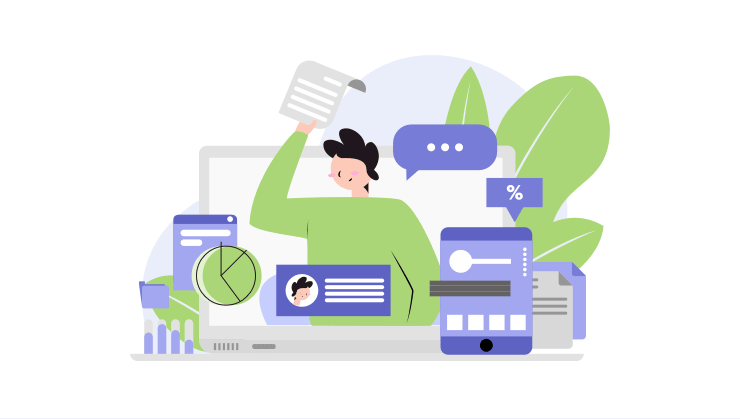Content

Its simple solution for tracking income and expenses makes it easy to use for those without accounting skills. Top features for every plan include the ability to create and send invoices, track time and project profitability, claim expenses, bulk reconcile transactions and accept multiple currencies. We reviewed several Bookkeeper360 App Xero Integration Reviews & Features Xero App Store US software providers using a detailed methodology to help you find the eight best payroll services for small businesses. Our ratings considered factors that included starting price, price range, multiple essential accounting features, reviews by actual customers and scoring by our panel of experts. Private cloud services are delivered from a business’s data center to internal users.
- Advanced features, such as bill tracking, inventory management, quote creation, cash flow forecasts and invoice management, are available on the Sage Accounting plan.
- The first is cost, as every company needs to find something that fits into its overall budget.
- An individual just needs to sign in to the accounting platform and start working.
- FreshBooks is an intuitive, easy-to-use accounting software designed for small business owners who do not have an accounting background.
- As a small business owner, you might be concerned about a cloud service provider storing your data.
This real-time overview is vital when looking at your cash position, planning future spending and when making big financial and strategic decisions as a management team. Cloud accounting software can revolutionise the efficiency of your bookkeeping, streamline your financial administration and provide a real-time view of your key numbers. But with so many platforms on the market, how do you know which one is right for you? In this article, we’ll guide you through the core benefits of switching to cloud accounting, with advice on which platforms are available to suit you.
Connected online payment
The definition of SMEs still varies across countries and industries, and is usually based on quantitative criteria, such as the number of employees, capital, assets, and annual revenue (Harvie & Lee, 2002; Pitchayadol et al., 2018). For instance, Jordanian law defines SMEs as firms with less than 100 full-time employees (Dmour et al., 2016). By contrast, Thai SMEs were recently redefined as enterprises with no more than 200 employees and annual revenue of up to 500 million THB based on their sector, as shown in Table 1.

However, when we also consider traditional computer accounting software, which poses the threat of serious problem if a business desktop is damaged, lost or stolen, then https://adprun.net/whats-the-difference-between-bookkeeping-and/ is relatively very secure. The evolution of cloud computing technology has revolutionized the way organizations function and handle their businesses. Adapting cloud computing in accounting for reaping the overall benefits of accounting is something many are currently choosing.
How to make your accounting paperless and cloud-based?
Developers simply pick from a menu to ‘spin up’ servers and environments they need to run, build, test, deploy, maintain, update, and scale applications. The term ‘cloud computing’ also refers to the technology that makes cloud work. For example, a single hardware server can be divided into multiple virtual servers.
These real-time insights are essential when seeking a cash position, planning future expenses and when taking critical financial and strategic decisions as a management team. The main and most important benefit of cloud computing in accounting is – one can access their financial records from anywhere on the globe and at any time. Cloud accounting offers the best access to the essential business numbers 24/7, from any location where a person can have internet access, eliminating the requirement to work from one central office-based computer. Permission-related sharing supported with remote access gives access to share documents with anyone. Log in via a web browser from the laptop, or use the provider’s mobile application to access the accounts even from the phone or tablet.
